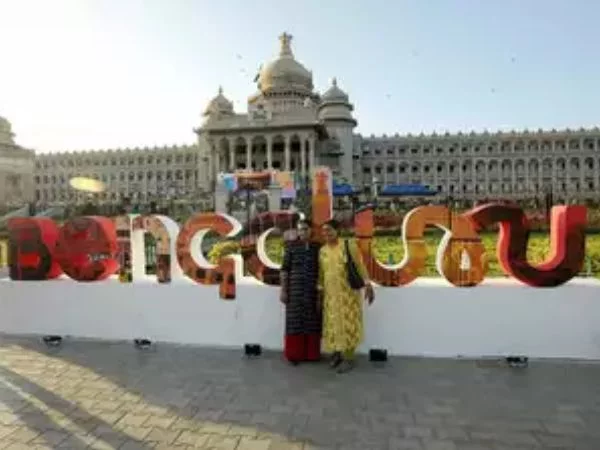
Introduction
Bengaluru is India’s Silicon Valley. But Minister Piyush Goyal wants a new one.
At an event in New Delhi on Monday, the minister proposed a new startup township.
“We should aspire to go beyond. We should aspire to have our own Silicon Valley… I know Bengaluru is the Silicon Valley of India.”
“Still, we should think about teaming up with NICDC,” Goyal said. “Let’s create a new township for entrepreneurs, startups, and innovators.”

The NICDC implements the National Industrial Corridor Program to develop new industrial cities.
The new township would create a focused area. It would support startups and entrepreneurs without connections.
The NICDC must install the National Industrial Corridor Development Programme. It is an ambitious plan to build new smart industrial cities.
NIDC is developing almost twenty townships in India. This includes sites in Bihar, Gujarat, and Andhra Pradesh.
Goyal, at the launch of the BHASKAR Portal in the Capital, said to startup firms, “Can we create a society, or a whole 200 (or) 100 (or) 500-acre area of land…”
Let’s create an ecosystem. It should help a distant traveler with an idea. They should connect with people in the township. It’s like how people used to come to Mumbai.
I don’t know why some people are angry out of jealousy; it’s good news for fellow Bangaloreans.
He proposes a new valley for startups, but that doesn’t mean they will shift the existing one. If we share the load from almost saturated Bangalore to some new city.
Isn’t that good news? The burden eases off from Bangalore, and India gets another Silicon Valley. People get distributed too! It’s a win-win! And not some Hindi vs. Kannada shit.
The Minister is suggesting building it on 500 acres. (1 sq km = 247 acres)
The KA government will build KHIR city itself, spanning 2,000 acres, 60 km away from BLR. There’s another one in Bidadi.
Any city can take a share of Bengaluru, but BLR will keep its title. So it’s another 100 smart city jhumla (big announcement and small-scale work).
He was asking the audience there, “Is this workable or possible?” It was more of a suggestion than an execution model.
Tech and manufacturing spread across Bengaluru’s vast 8,000 sq. km metro area. It covers all urban, rural, and southern districts. It is not possible to remove the adverb.
The metropolitan area doesn’t yet include the Tumkuru and Chikkaballapura districts.
It has taken a century for Bengaluru to reach this stage. It began at IISc, then went through Nalwadi Krishnaraj Wodeyar and Jamshedji Tata. It led to the IT revolution and the startup boom of the Karnataka government and private players.
Today it hosts 45+ unicorns and an equal or greater number of unicorns. This is one of the largest unicorn clusters in the world.
It’s better not to get into the math of the minister. So calm down. BLR isn’t going anywhere. Its scale is humongous.
As another comment suggests, IISc itself is 400 to 450 acres.
As per reports, Bengaluru is set to grow at 8-8.6% (real GDP growth rate) till 2035. That’s a 12.5-13.5% nominal GDP growth rate. (KA nominal GDP growth rate was 12.74% average from 2011 to 2022).
It will be the world’s fastest-growing megacity until 2033-2035. (A megacity has a population of over 10 million.)
By compounding, its metro area will grow to 550-600 billion USD from over 150 billion in 2024-2025.
For comparison, that’s the current nominal GDP of Osaka and Chicago. None of them are growing as fast as BLR.